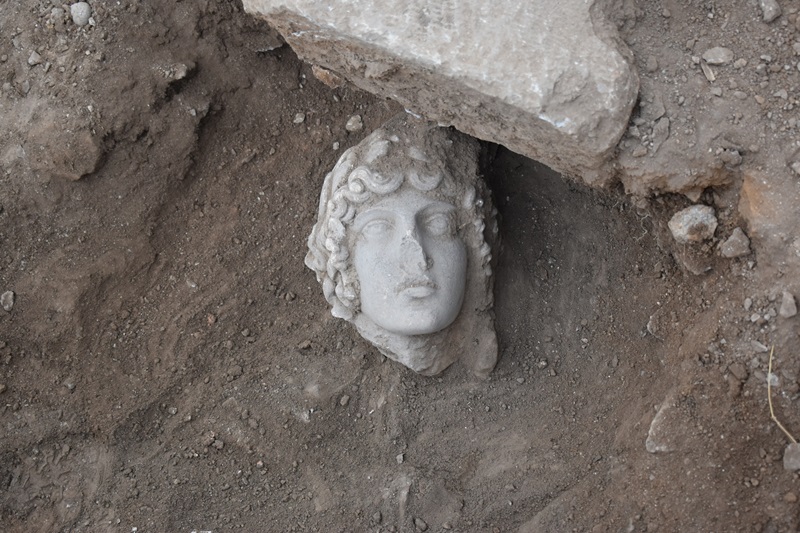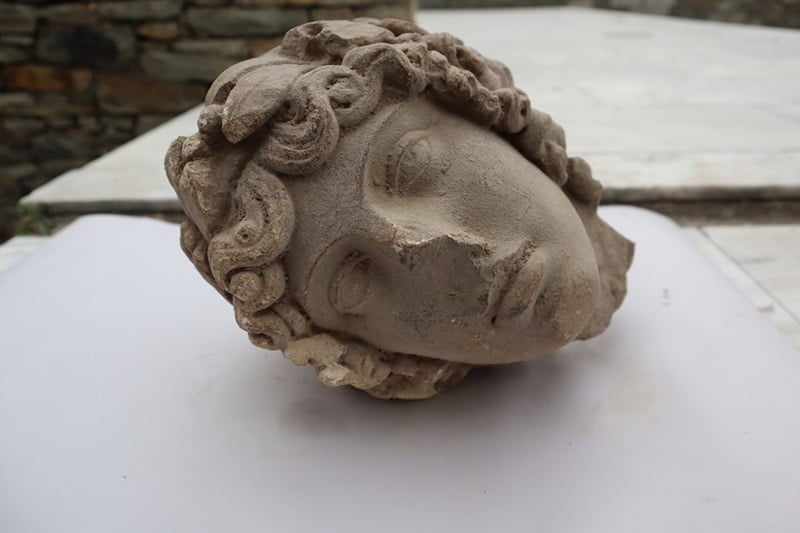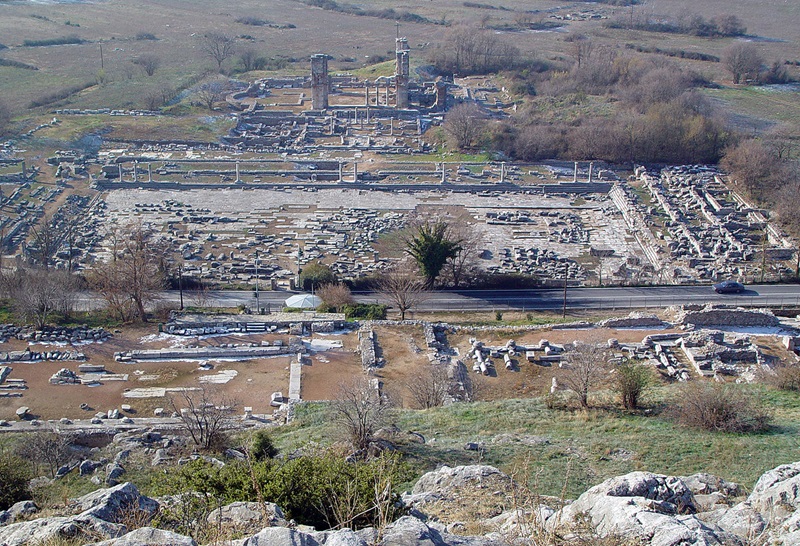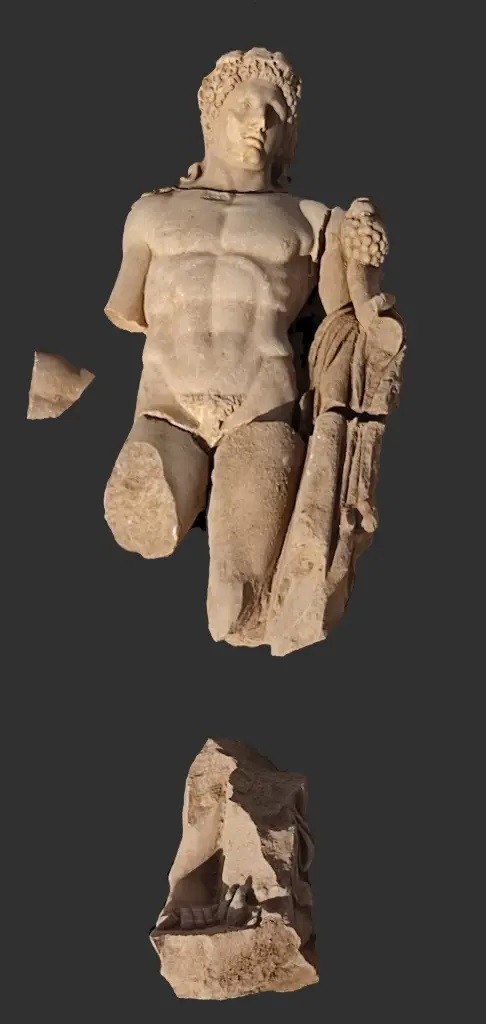
Students at the archaeological site of Philippi, northern Greece uncovered a marble head of a statue believed to belong to God Apollo, the Ministry of Culture announced on Thursday.
Archaeologists say the statue dates back to the 2nd or early 3rd century AD and it probably adorned an ancient fountain.

Apollo is one of the Olympian deities in classical Greek and Roman religion and Greek and Roman mythology.
He has been recognized as a god of archery, music and dance, truth and prophecy, healing and diseases, the Sun and light, poetry, and more.
One of the most important and complex of the Greek gods, he is the son of Zeus and Leto, and the twin brother of Artemis, the goddess of the hunt. He is considered to be the most beautiful god and is represented as the ideal of the kouros.
Philippi is a UNESCO World Heritage Site

The ancient city of Philippi was established in 356 BC by the King of Macedon, Philip II, on the site of the Thasian colony of Crenides near the head of the Aegean Sea.
Centuries later, it was abandoned after the Ottoman conquest of the 14th century. The archaeological site was classified as a UNESCO World Heritage Site in 2016 because of its exceptional Roman architecture, its urban layout as a smaller reflection of Rome itself, and its importance in early Christianity.
The present municipality of Filippoi is located near the ancient city’s ruins and is part of the region of East Macedonia and Thrace in Kavala, Greece.

The ancient city is currently the most vital archeological site in the region. However, the first excavations did not begin until the summer of 1914 and were soon interrupted by World War I.
Between 1920 and 1937, archeologists unearthed the Greek theater, forum, baths, and city walls. Following World War II, Greek archeologists returned to the site, uncovering multiple public buildings.
Statue of Hercules uncovered at Philippi
Recently archaeologists at Philippi uncovered a statue of Hercules. The magnificent statue from approximately the second century AD Roman period adds to the unique architectural style of the premises.

The statue, whose size is indeed larger than usual, depicts a youthful, nude Hercules while a fragmented club and a lion hanging from the statue’s outstretched left hand attest to the figure’s identity.
A wreath of vine leaves— held together by a ribbon in the back, the ends of which rest on Hercules’ shoulders— further adorns the statue.
See all the latest news from Greece and the world at Greekreporter.com. Contact our newsroom to report an update or send your story, photos and videos. Follow GR on Google News and subscribe here to our daily email!



